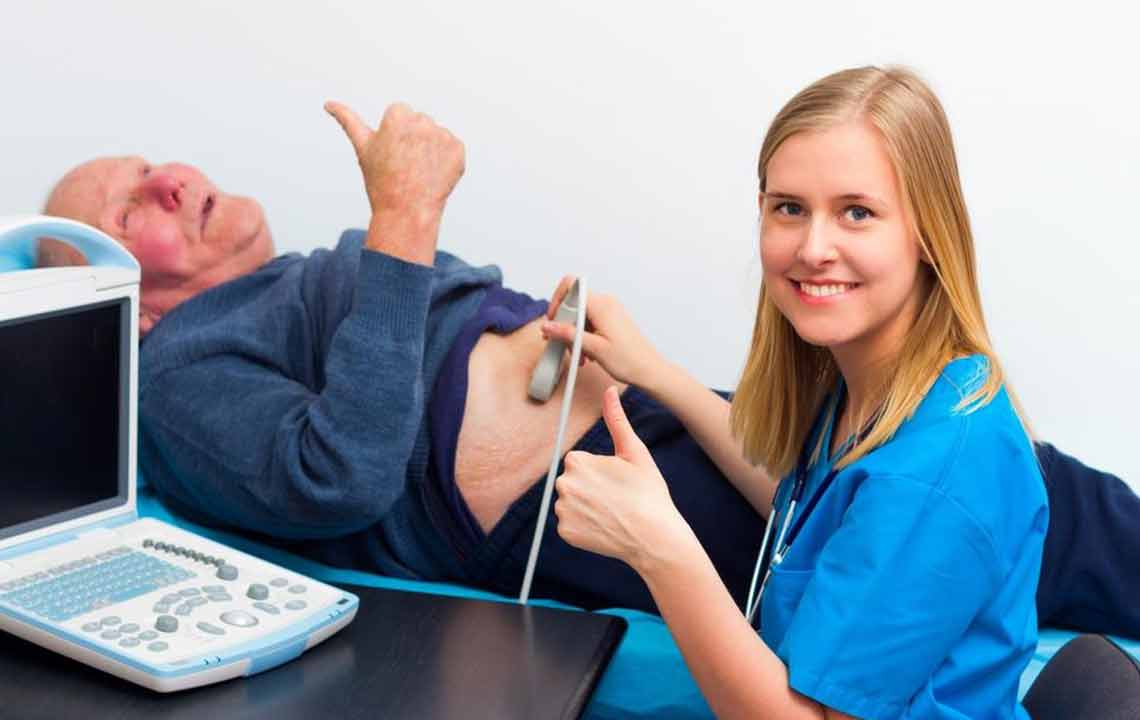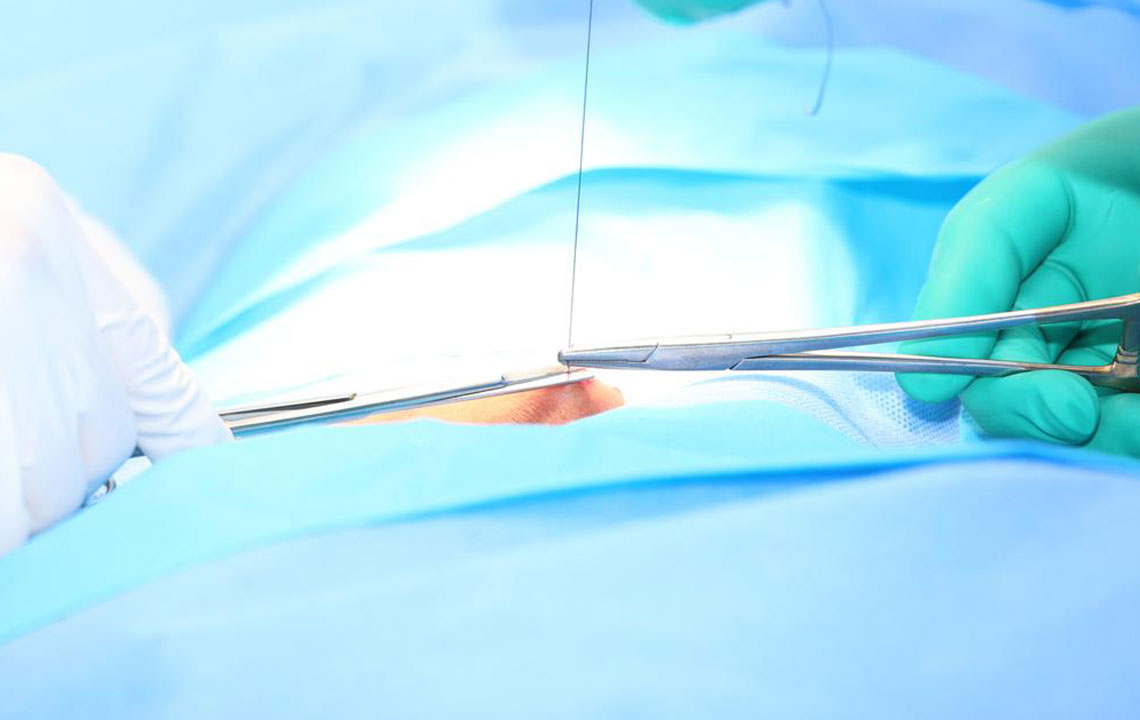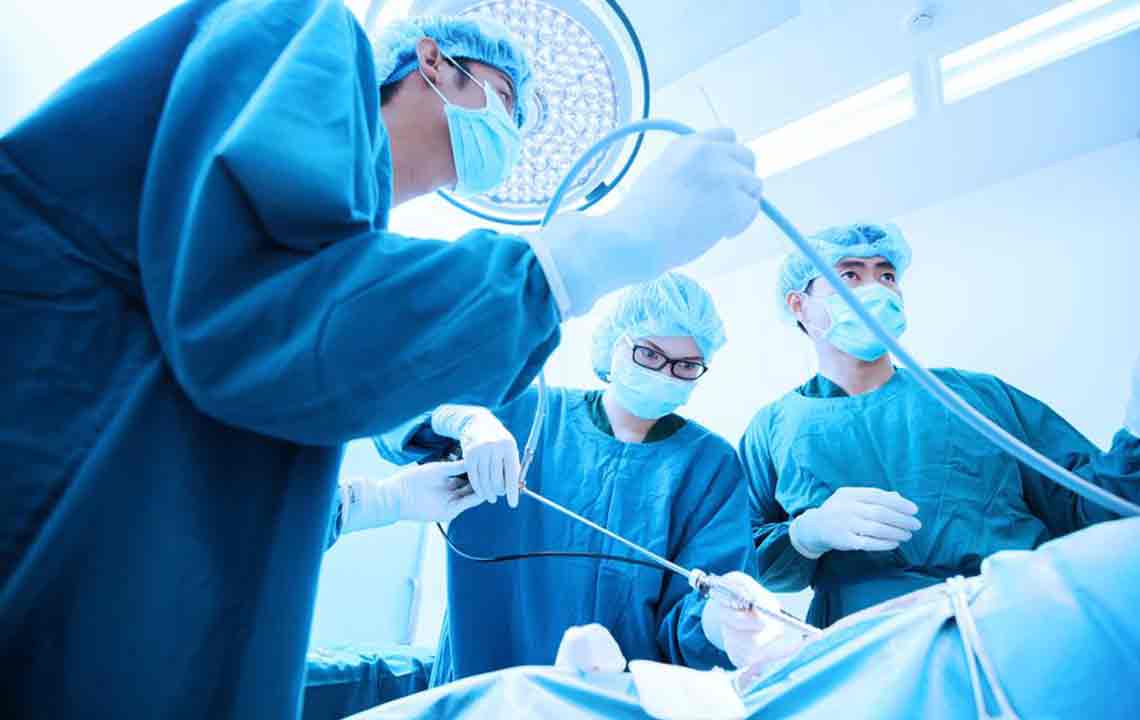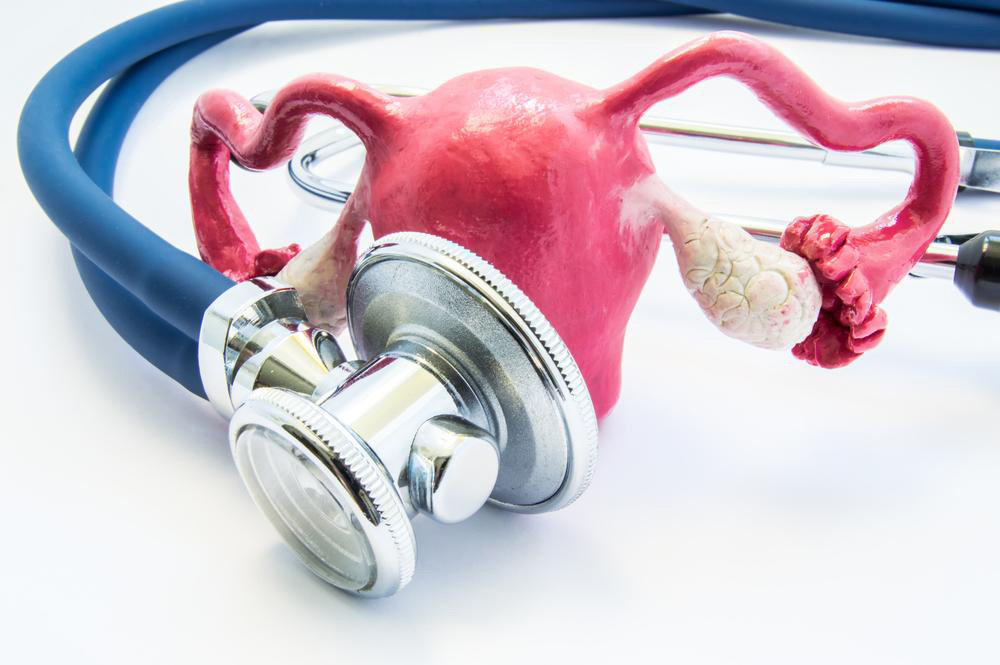Understanding Hernias: Causes, Symptoms, and Treatment Strategies
Explore comprehensive information about hernias, including their causes, symptoms, and effective treatment options. Learn when to seek medical help and how lifestyle changes and minimally invasive surgeries can provide relief. Early diagnosis is key to preventing serious complications.
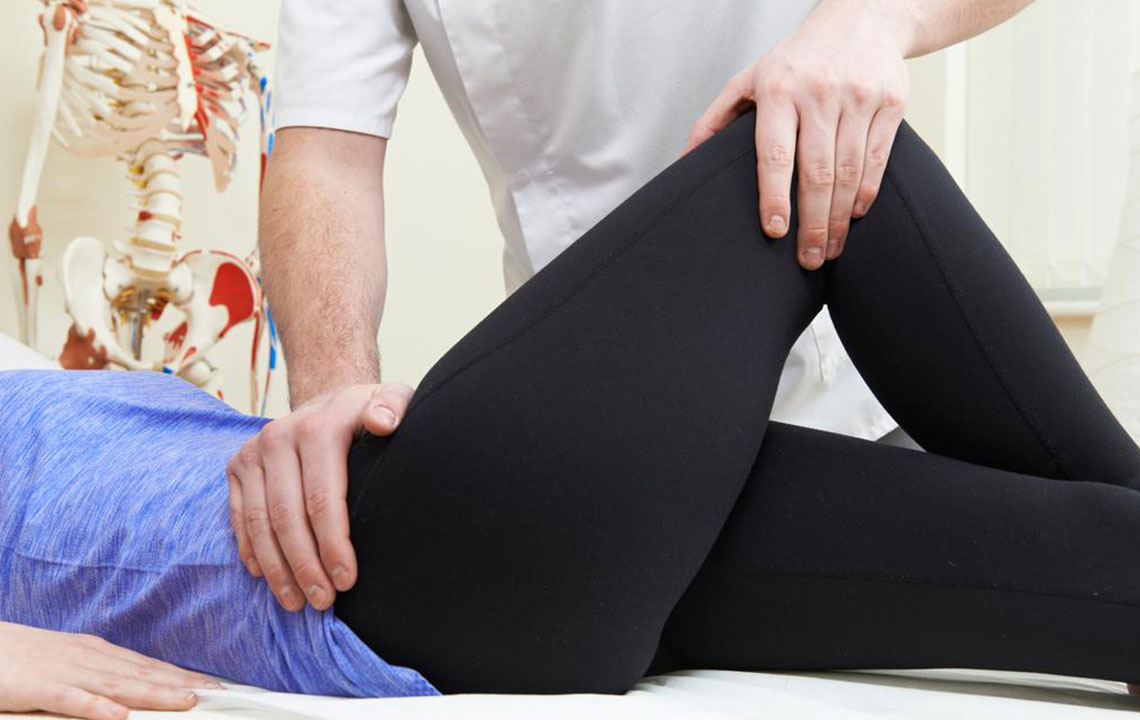
Understanding Hernias: Causes, Symptoms, and Treatment Strategies
A hernia occurs when an organ or tissue pushes through a weak spot in the surrounding muscles or connective tissue, most often in the abdomen or groin. This can cause a noticeable bulge along with discomfort or pain. Types include inguinal, hiatal, umbilical, and incisional hernias. While most hernias are not life-threatening, they don't heal on their own and may require surgical intervention to prevent serious complications. Various treatment options exist to manage hernias effectively and quickly.
Primary Causes of Hernia
Hernias develop from the weakening of muscles combined with strain. Factors contributing to this weakness include congenital issues, persistent coughing, heavy lifting, aging, previous abdominal surgeries, pregnancy, increased internal pressure from conditions like chronic cough or constipation, and sudden weight gain.
Key Symptoms
The first sign of a hernia is often a visible bulge or lump that may become more prominent when you strain, cough, or stand. In infants, crying can reveal the hernia. Additional symptoms include dull or sharp pain in the lower abdomen that worsens with movement or exertion, a feeling of heaviness or pressure, burning sensation at the bulge site, acid reflux, or difficulty swallowing. Some hernias may be asymptomatic, only detected during medical exams.
Hernia diagnosis involves physical exams for detecting bulges, especially when standing or coughing. Imaging techniques like endoscopy or barium X-rays help identify hiatal hernias, while ultrasounds are useful for babies to detect umbilical hernias. Treatment depends on hernia size and severity, with options including observation, lifestyle changes, medications, or surgery.
Lifestyle Modifications for Symptom Relief
While hernias cannot be cured without surgery, symptoms can be alleviated through diet and activity adjustments. Avoid large meals, refrain from bending or lying down immediately after eating, and maintain a healthy weight. Gentle exercises can strengthen abdominal muscles, though they should be performed under medical supervision to avoid worsening symptoms. Avoiding trigger foods like spicy dishes and tomatoes can also reduce discomfort from acid reflux.
Medications for Hernia Relief
Over-the-counter and prescription medicines, including proton pump inhibitors, H-2 receptor blockers, and antacids, help decrease stomach acid and relieve associated symptoms like heartburn and indigestion.
Surgical Options
Rapidly enlarging or painful hernias often require surgical treatment. The procedure involves closing the hernia opening, typically with surgical mesh. Laparoscopic surgery uses small incisions and a camera for minimally invasive repair, whereas open surgery involves a larger incision and longer recovery time. Surgery is usually essential to prevent complications such as strangulation or tissue damage.
Early identification of hernia symptoms is crucial, as untreated hernias risk becoming life-threatening. Prompt medical attention ensures effective management and minimizes serious health issues.

